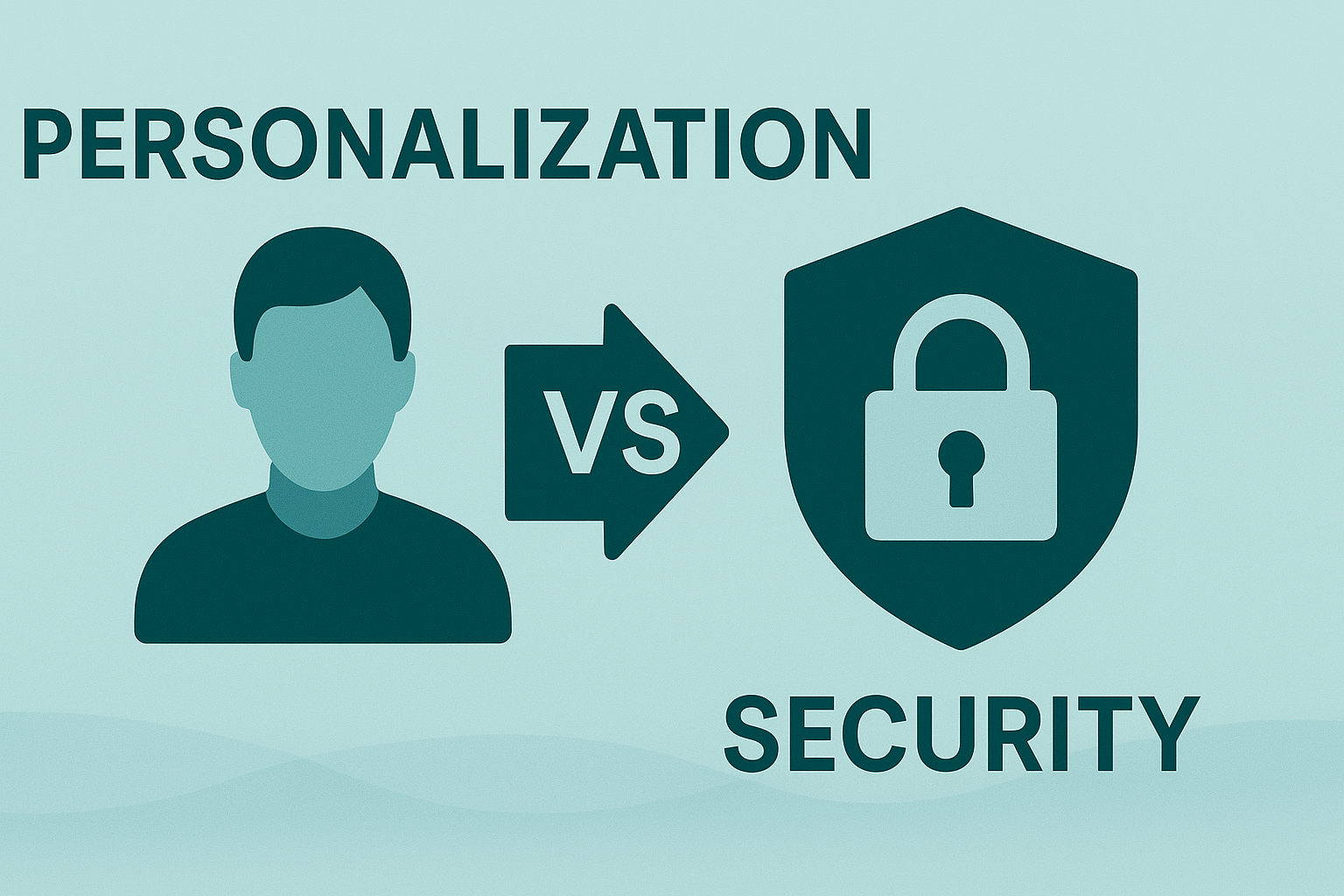A Balance Between Personalization and Security: How to Improve the Customer Experience Worldwide

Customer satisfaction is an essential element for businesses, with advantages that include improved customer retention and higher revenue, a Harvard blog post by Jessica A. Kent highlights. For businesses that aim to create a positive experience for customers, a focused strategy on engagement through personalized experiences can prove to be crucial — especially when the goal is to engage customers on a worldwide scale. From the power of a personalized approach and value of tech-forward tools to the necessary safety considerations involved, businesses can successfully elevate the consumer experience with balance in mind.
Why personalization matters
When the goal is to engage customers on a worldwide scale, personalization is often key. In fact, 71% of consumers actually have the expectation that companies provide interactions that are personalized, research from McKinsey & Company’s Next in Personalization 2021 report revealed. While this can sound nearly impossible with a global audience, there are several solutions out there that can cater towards diversity. For example, tech-focused options like AI chatbots can help a consumer pick out a product that best suits them, or answer burning questions for customers who are in a different time zone.
A strong online presence can also help businesses provide a personalized experience that prioritizes engagement on a global scale, though there are several considerations to keep in mind. For instance, content that is tailored to a global audience can help draw in engagement from various parts of the globe. This will involve inclusive content that provides options to consumers, as well as diversity in functionality. For example, various forms of communication, payment options, and free or low-cost international shipping are just a couple key elements that can help create a global brand.
Data security as a key priority
Social media management platforms, analytics, and 24/7 chatbots powered by artificial intelligence are all helpful tools that can be used to enhance the consumer experience. Safety and security, however, are essential to the successful adoption of such tools, especially where concerns like sensitive data loom. This can be especially valuable for organizations in the healthcare industry, which typically handle sensitive patient information on a routine basis, though can apply to businesses across a variety of industries as well.
In the healthcare industry, businesses can engage customers via a variety of online tools — a couple of common contenders include a patient portal system and personalized appointment reminders. Like in many sectors, even email marketing remains as an asset for businesses to connect and engage a worldwide audience. In terms of safety, however, industries like healthcare must prioritize cybersecurity due to the risks involved. Email marketing alone can present a variety of risks, from phishing attacks to AI-driven social engineering (in which cybercriminals use AI in order to engineer more personalized attacks). While general know-how is great among employees, healthcare security awareness training is indispensable in the prevention of common cyberattacks like phishing. Such training will not only provide employees with the skills needed to successfully identify threats, but will instill a proactive workplace culture surrounding cybersecurity on a larger scale.
In addition to in-house training, businesses must prioritize data security and customer privacy in all aspects of operation in order to foster trust among a global audience and propel future engagement. This largely begins with a dedicated and positive cybersecurity culture at the core of operations, with aspects like compliance and consent at the forefront of strategies. Elements like encryption and the use of reputable and trusted third-party tools can enhance data security are additional considerations, while strong access controls and authentication can further safeguard data. Transparency with customers can also go a long way. One Forbes article by Sergey Kozhevnikov highlights the importance of the consensual and secure consumer data collection in regard to retailers, in addition to the role that efforts like tokenization can have. “Tokenization replaces a sensitive data element with a non-sensitive element with no exploitable value,” Kozhevnikov explains.
Cultivating a global brand
Localization is a key theme that companies can use to set the foundation for global engagement. This includes finer, key details such as the availability of multiple languages and currencies on a website. However, these are far from the only considerations that businesses need to take when adopting a strategy for successful engagement across various regions. “When it comes to positioning, messaging, campaigns and content, international considerations need to be part of the strategy phase,” Rekha Thomas of Path Forward Marketing LLC notes. One smart way to achieve this is to implement a diverse team behind such efforts, which can help cultivate a global company right from the start.
While personalized experiences are essential to an elevated consumer experience, feedback is a fantastic way to optimize operations and meet customer needs. This is especially true when the goal is to engage customers from several different countries. Surveys with an incentive (such as a small discount) can be a great way to encourage feedback, however, other means of communication (like online reviews) can further provide insight. Polls on social media as well as social media analytics can provide further intel as to how consumers are interacting with a brand online, and can provide a direction as to where improvements are needed. In any case, consumer feedback is an essential element that will shed light on the efficiency of a business’ endeavors.
Customer engagement is crucial for any business, though it can easily become a challenge for many when the goal is to engage a global audience. Armed with a personalized approach that prioritizes security, businesses can discover a balance that works for them.